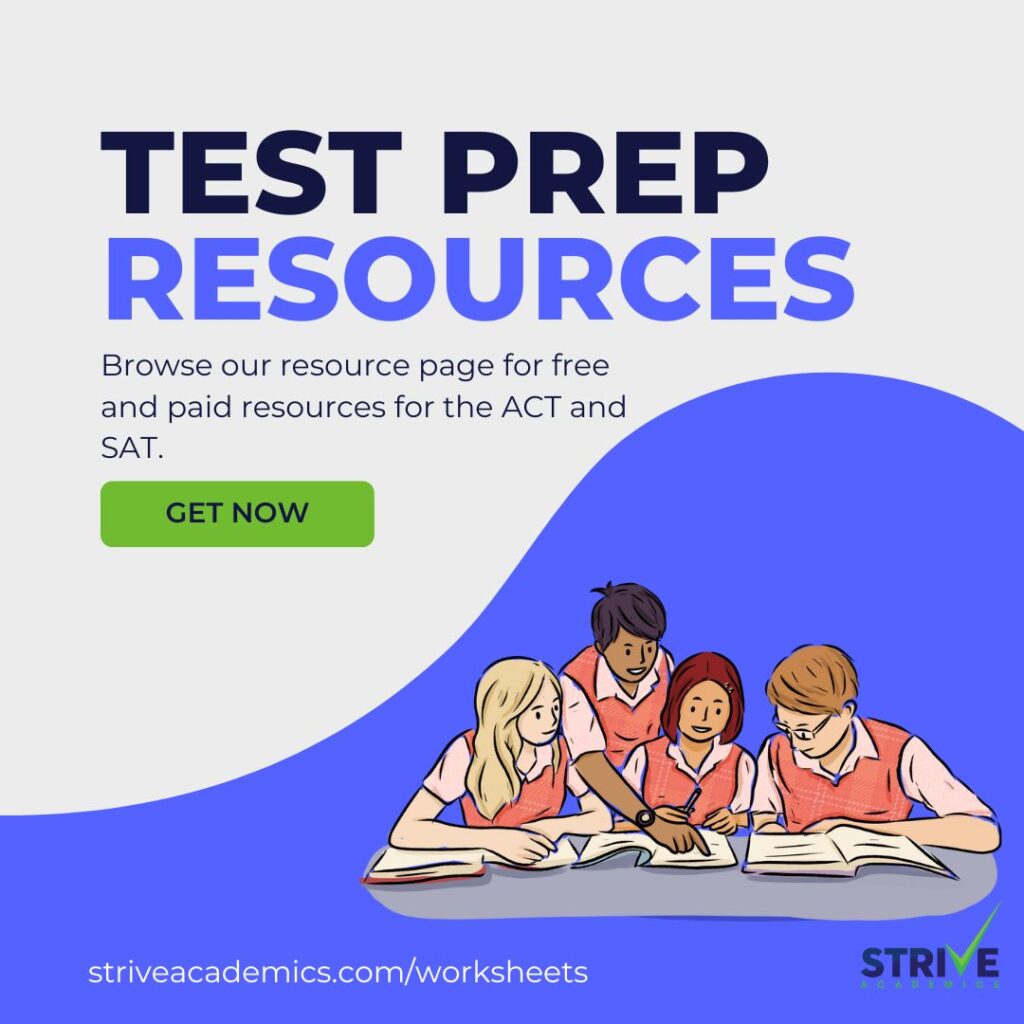20 Tips for Writing an Amazing Essay on the SAT
Writing while being timed can be stressful. When you have never seen a prompt before, it can be hard to put together an essay that makes sense. Sometimes, the prompt may be about an unfamiliar topic. To add to that, the New SAT‘s writing is very different than before. Keep in mind that the graders understand that this is not the ideal situation for you and that this will not be an example of your best work. That being said, there are a few things you can do in order to improve:
- You will have 50 minutes for this section.
- Review sample essays and the SAT Writing Test Scoring Rubric to better understand what you should include in your writing.
- The writing section grades you on three areas: your understanding of the meaning of the text, your analysis of the text, and your own writing.
- The New SAT’s Writing section is very different than other essay tests you have taken before. Instead of forming your own argument, the test wants you to analyze someone else’s argument.
- DO NOT state whether or not you agree with the author’s claims. That is not the point of this section.
- The focus of this section is to analyze how an author builds their argument in the passage.
- Remember to always relate your evidence back to the central point of the passage.
- It is better to pick a few points (2-3 great examples) and focus on explaining how they effectively back up the author’s argument.
- Things to think about as you are reading:
- What are the author’s main points?
- How does the author support these points with evidence?
- What is the purpose of this passage? Is the author trying to convince you? Teach you? Make you feel something?
- Is the author accomplishing his/her goal? If not, what could be improved and how could they improve it?
- State the author’s purpose (and a statement about how he/she builds the argument) at the beginning of your essay.
- Is there anything that distracts the reader from the argument of the essay?
- When pulling examples from the story, only use the most relevant example that illustrates your point.
- Remember the 4 Cs of writing. Good writing is:
- Clear
- Concise
- Consistent
- Has Complete Sentences
- Provide specific examples to support your points.
- Spend 5-7 minutes in the beginning to plan and create a basic outline of your passage.
- Vary the way you present information (word choice, grammar, and so on).
- Work on your grammar and spelling. While you can make some mistakes, it is still important.
- Work on creating smooth transitions between ideas and paragraphs.
- If you are having trouble writing your thesis and introductory paragraph, try skipping a few lines and writing one or two of your body paragraphs first. Then, return to write your introduction.
- Write neatly – scorers will be grading many essays, so make it as easy as possible for them to grade so that your penmanship and errors don’t distract from the points you are trying to make.
- Don’t spend time editing your essay until the very end. While grammar, spelling, and punctuation is important, the argument you make is what is most important.
- Get familiar with the following literary devices, and work on being able to cite how an author uses them in your essay:
- Allusion: The author refers to things from other stories and works of art.
- Authors typically allude to stories and art that are well known by many people.
- Alliteration: The author uses words that repeats the same kinds of sounds to emphasize that part of the text.
- Analogy: The author makes a comparison between two or more things. Usually, the author makes a comparison to something more familiar to the reader.
- Metaphor: The author makes a comparison between two or more things without the use of like or as.
- Simile: The author makes a comparison between two or more things using the words like or as.
- Diction: This refers to the author’s choice of words.
- Ex: Does the author use talkative, eloquent, garrulous, loudmouthed, or big-mouthed?
- All of these words mean that a person talked a lot, but they all imply different things.
- Talkative: This person likes to talk a lot.
- Eloquent: This person uses language very well to convey their points.
- Garrulous: This person likes to talk a lot, but rambles.
- Loudmouthed: This person likes to speak excessively loud or likes to gossip.
- Big-mouthed: This person cannot keep secrets or likes to gossip.
- Ex: Does the author use talkative, eloquent, garrulous, loudmouthed, or big-mouthed?
- Ethos: The author is trying to appeal to the reader’s morals.
- Uses words that indicate a sense of right and wrong.
- Hyperbole: The author makes an obvious exaggeration to emphasize their point.
- “I read a million books this summer” means “I read a lot of books.” It does not literally mean I read 1,000,000 books.
- Imagery: The author uses descriptive language that paints a vivid image in the reader’s mind.
- “At my family’s cabin on a Minnesota lake, I knew woods so dark that my hands disappeared before my eyes. I knew night skies in which meteors left smoky trails across sugary spreads of stars.”
- Adapted from Paul Bogard, “Let There Be Dark.” ©2012 by Los Angeles Times. Originally published December 21, 2012.
- Irony: The author uses words to convey the opposite meaning or an outcome that was different from expected. There are three types of irony: verbal, dramatic, and situational.
- Ex (Verbal): I had the most wonderful day today. I locked my keys in my car, lost my wallet, and had to walk for hours in the rain.
- Ex (Dramatic): Because of the absence of sound in the horror movie, the audience knew something bad was about to happen, even though the characters in the movie didn’t.
- Ex (Situational): Even though he studied every day, he failed the final.
- Logos: The author is trying to appeal to the reader’s sense of reason and logic.
- Uses evidence and facts to support points.
- Pathos: The author is trying to appeal to the reader’s emotions.
- Uses stories, especially personal examples.
- Tries to make the reader think about examples from their life.
- Rhetorical Question: The author asks a question that is not meant to be answered. Instead, the purpose is to make the reader think.
- Understatement: The author obviously downplays the importance of something in order to emphasize their point.
- Allusion: The author refers to things from other stories and works of art.
- It rained a bit more than usual today. The flooding has caused a few trees in the neighborhood to become uprooted.
- Write a strong introduction and conclusion.
Looking for more help? Check out our SAT worksheets.
View our resources
Strive Resources | TpT | Made By Teachers | Classful | Etsy







